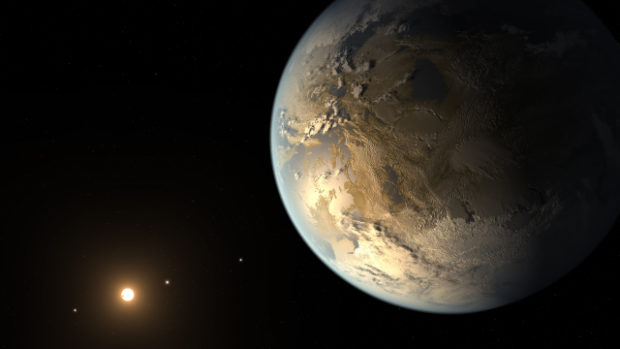Life in the Milky Way: Around 300 million potentially habitable planets

The Kepler telescope has photographed many exoplanets that could potentially host life. Image: Courtesy of NASA Ames/JPL-Caltech/T. Pyle via AFP Relaxnews
A new study from the United States space agency NASA reveals that there could be no less than 300 million potentially habitable worlds for extraterrestrial life in our galaxy, the Milky Way.
“Is there life on Mars?” sang David Bowie. Probably not, but there could well be life somewhere else. In fact, new findings from NASA bring us one step closer to finding out.
The findings come from data gathered by the Kepler space telescope. Around half the stars with a similar temperature to the Sun could have a nearby rocky planet capable of supporting liquid water on its surface, which is necessary for life. However, for the moment, NASA prefers the conservative estimate of 7%. Throughout the galaxy, that nevertheless represents some 300 million potentially habitable worlds, according to NASA’s hypothesis based on a study published in The Astronomical Journal.
The closest of these exoplanets (planets located beyond our solar system) could be within 30 light-years of our Sun.
On its nine-year observation mission, the Kepler space telescope revealed that our galaxy is home to billions of planets — more planets than stars, no doubt. The telescope was retired in 2018. RGA
RELATED STORIES:
Newly discovered exoplanet may be able to support life, astronomers say
LOOK: NASA creates logo to celebrate women on moon